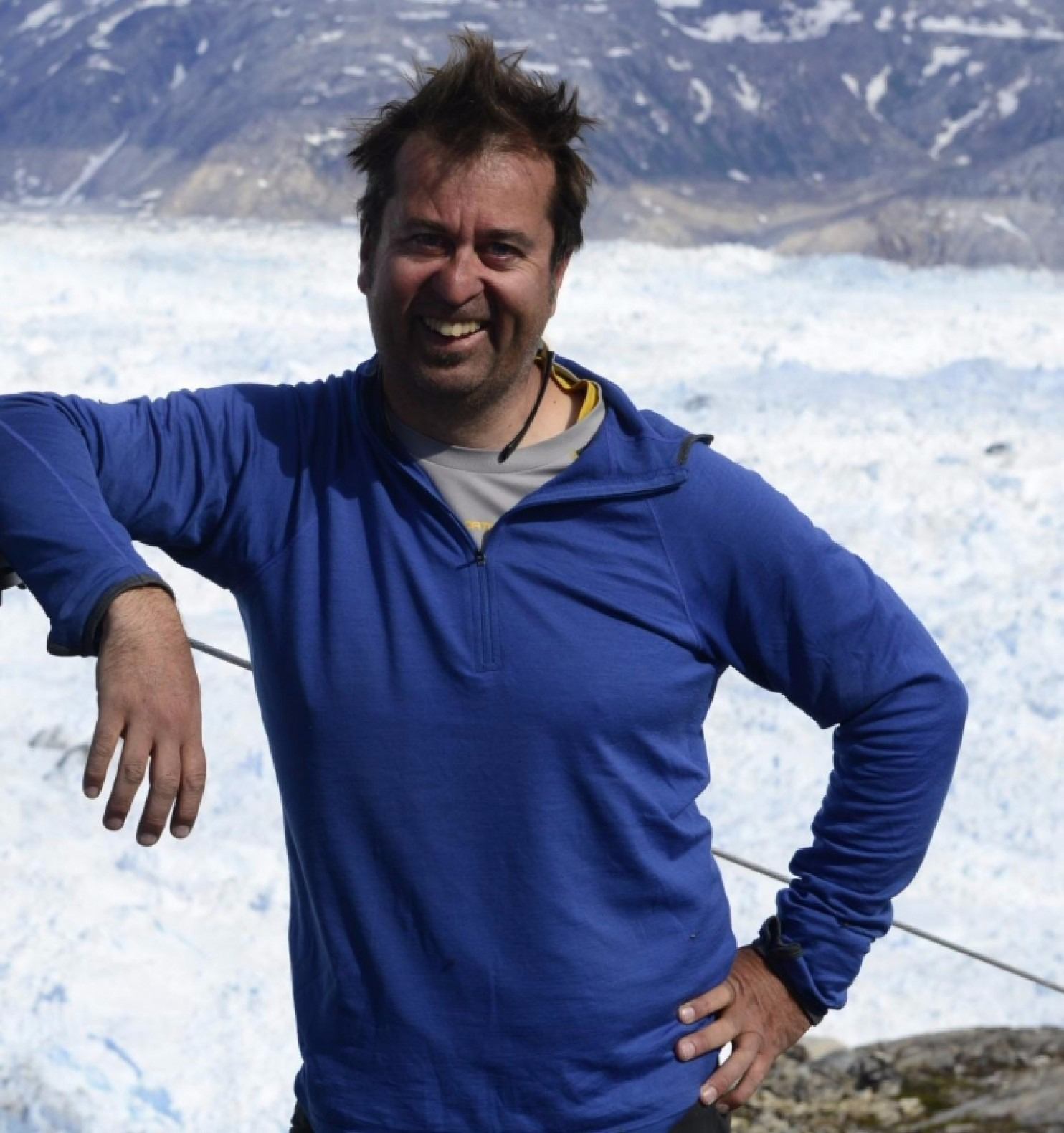Climate scientist Gordon Hamilton, 50, dies in accident in Antarctica
Gordon Hamilton, a prominent climate scientist who studied Earth’s melting ice sheets, died Saturday, when his snowmobile went into a crevasse in Antarctica, according to the National Science Foundation. He was 50 years old.
Hamilton was a researcher with the NSF-managed U.S. Antarctic Program studying the stability of the ice shelves near McMurdo Station, a research center on Ross Island, 2,500 miles south of New Zealand.
He and his team were camped in a heavily-crevassed area known as the McMurdo shear zone, where the Ross and McMurdo ice shelves meet. Three miles wide and more than 125 miles long, this perilous zone bisects the compacted snow road to the station. The ice there is hundreds of feet thick and striated with fractures. Hamilton and his colleagues have worked for several years to map this region with robots and ground-penetrating radar, identifying crevasses to be repaired so that vehicles can haul supplies and equipment from the coast to McMurdo station.

Hamilton was driving a snow machine when he hit a crevasse and fell 100 feet into the ice. The circumstances of the accident are still unclear, but NSF spokesperson Peter West said that some crevasses are covered in snow and difficult to spot from ground level. Some of Hamilton’s colleagues are working to develop robots capable of detecting buried crevasses for exactly that reason.
Hamilton’s body has been recovered and will be returned to his family in Orono, Maine, the NSF said.
Hamilton was born in Scotland and held degrees from the University of Aberdeen and University of Cambridge. Since 2005 he has been an associate professor at the University of Maine’s School of Earth and Climate Sciences. In a statement Monday, university president Susan Hunter said that his glaciology research was “second to none.”
“He leaves a legacy as an outstanding scientist, and a caring mentor and well-known teacher to undergraduate and graduate students,” she said.
Hamilton spent years surveying the glaciers around Greenland and Antarctica, aiming to understand how they might contribute to sea level rise. This was his latest of several expeditions to Antarctica.
The NSF said that Hamilton and all members of his team received crevasse and glacial safety training before going into the shear zone. The Antarctic Program also assigned mountaineers who were familiar with the zone to accompany Hamilton’s science team and the crevasse remediation team, which was camped 200 yards away.
The two teams had spent the week identifying and filling in crevasses in the area, and were about to start work on a new crevasse when Hamilton was killed.
The U.S. Antarctic Program has opened an accident investigation into Hamilton’s death. Hamilton’s colleagues are currently preparing to the field, West said.
Deaths in Antarctica are rare, but research at the poles is always risky. Earlier this year, two sick workers at the South Pole had to be evacuated under the cover of complete darkness during the six-month Antarctic night.
“The U.S. Antarctic Program is a close-knit corps of researchers and support personnel who carry out the nation’s program of research in Antarctica, working at the frontiers of human knowledge, but also at the physical frontiers of human experience,” Kelly Falkner, director of polar programs for the NSF, said in a statement. “The death of one of our colleagues is a tragic reminder of the risks we all face – no matter how hard we work at mitigating those risks – in field research.”
Hamilton is survived by his wife, Fiona, and their two children, Martin and Calum.